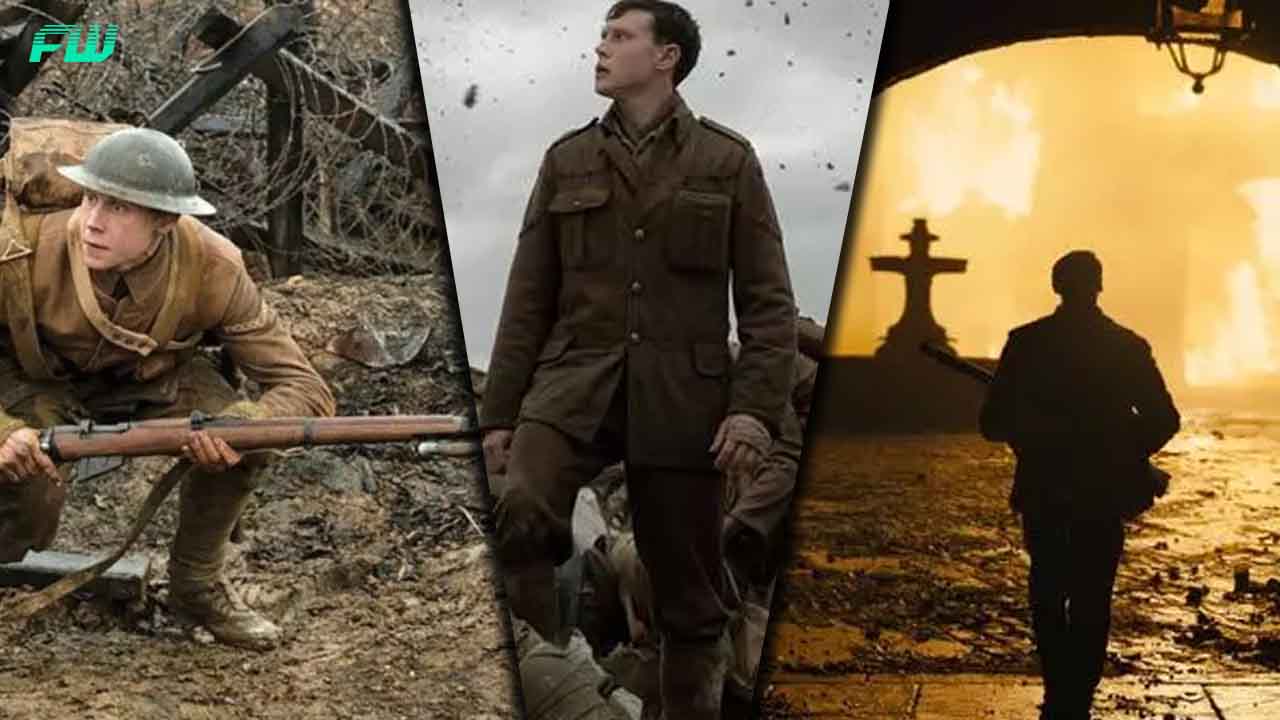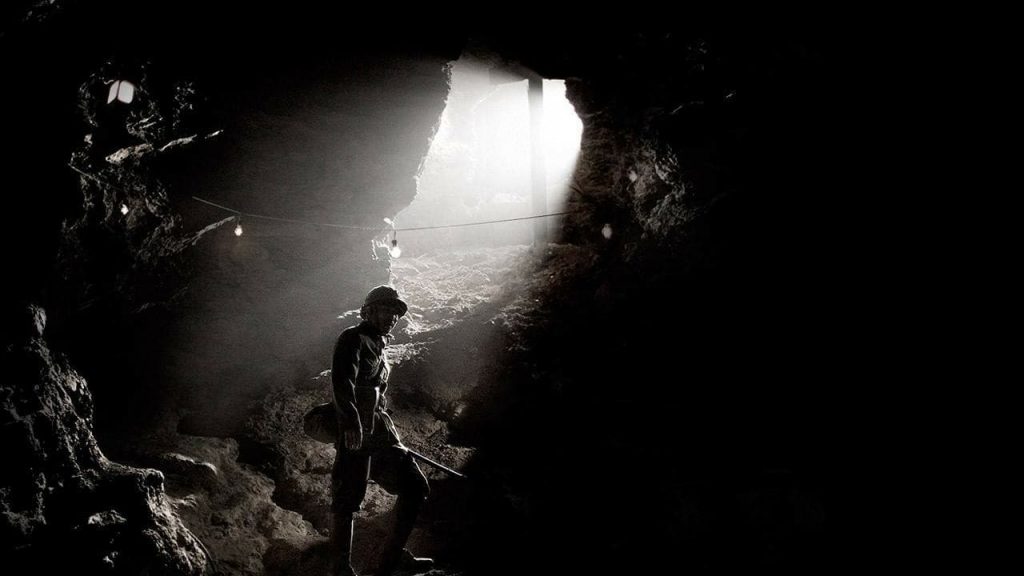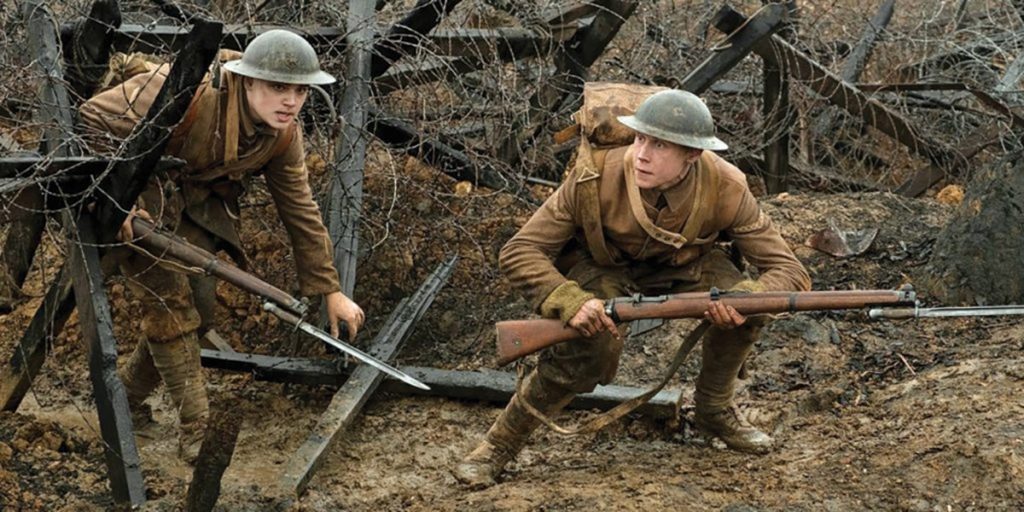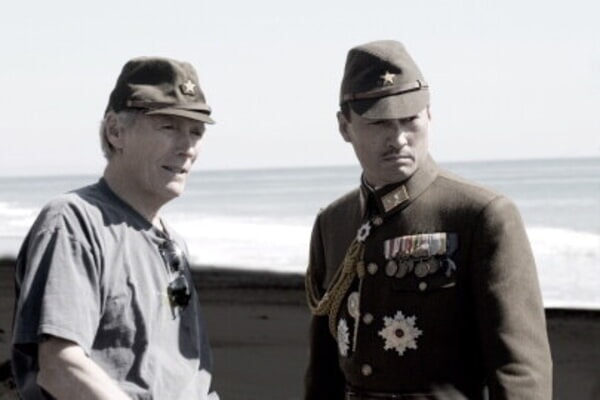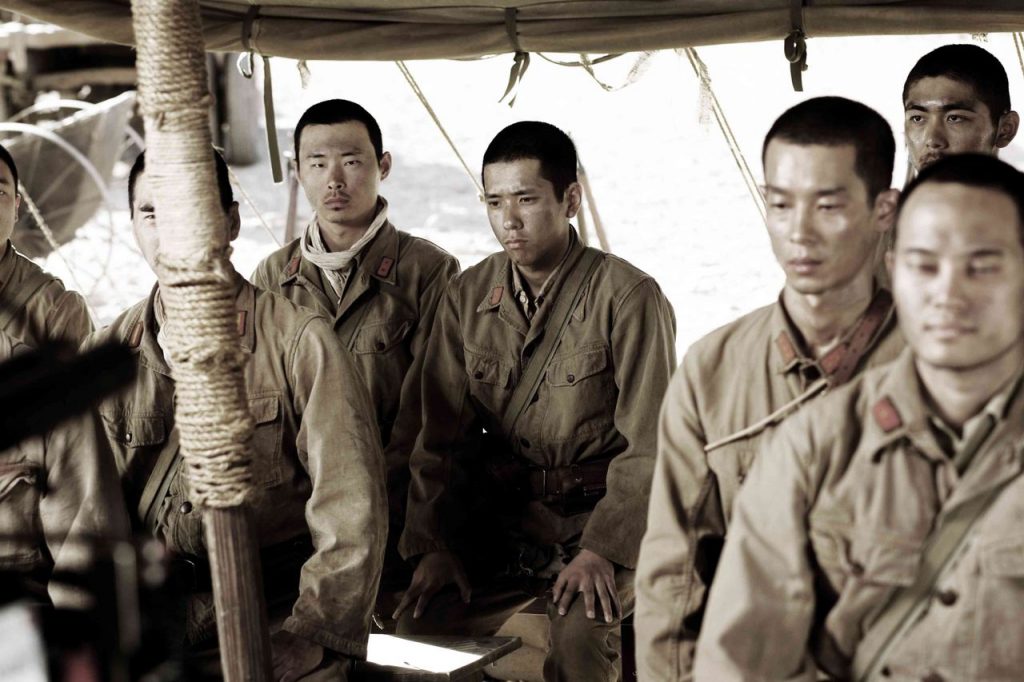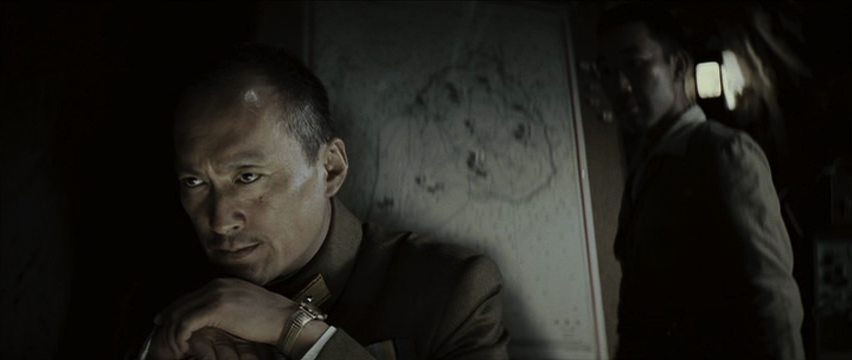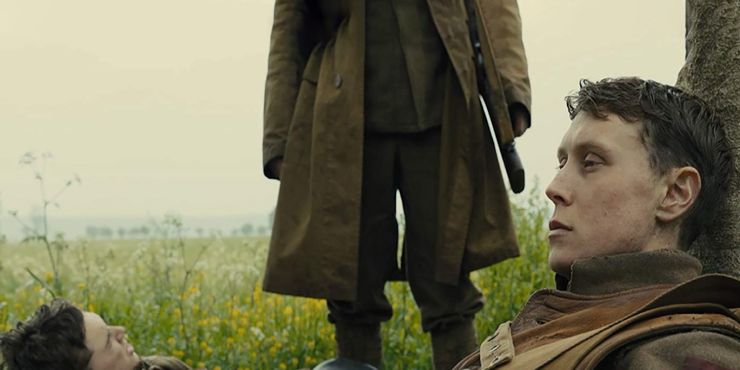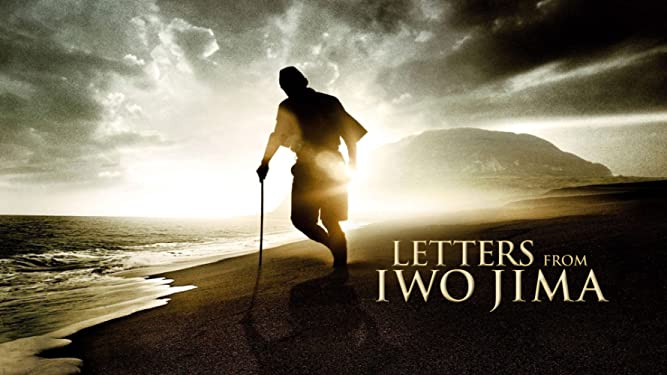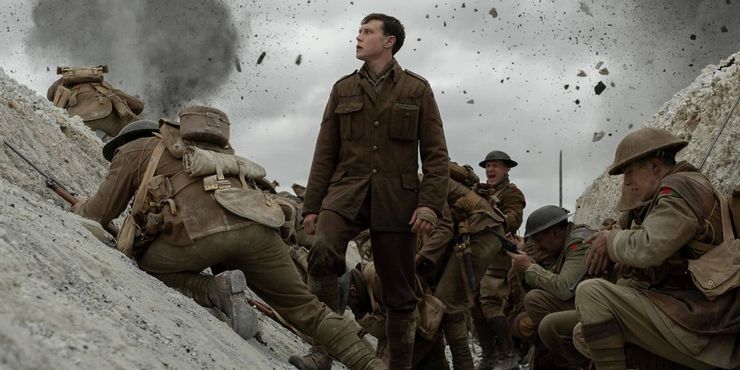The War movie genre has got a ton of amazing 21st Century entries like Fury and Black Hawk Down. But the two greatest 21st century War movies of all time will always be 1917 and Letter From Iwo Jima. Which one is better of the two?
Iwo Jima: The Story Happens From The Enemy’s Perspective
How often do you come across a movie backed by Hollywood that tells a World War Two story from the perspective of the axis powers? Not many. Most war movies focus on the allied effort. While they do have worthy stories to share, there are many stories from the Japanese and German sides of the war that remains ignored. Iwo Jima was one of the final battlegrounds for the war between America and Japan during the Second World war. It is unique not only because of its unusual perspective for storytelling but also because it captures the heart and soul of the enemy, giving us a chance to see them as human beings who are mere pawns, being controlled by the ruling elite.
1917: The One Take Cinematography
When you watch 1917 for the first time, it would take your breath away. We kid you not, it’s immersive cinematography is based on what seems like a one take shot. The entire movie feels like it was one continuous scene from the start to the finish, without any cut scenes. In reality, 1917 is a combination of multiple scenes held together by multiple cleverly done edits. The entire movie watching experience for 1917 is so damn thrilling and engaging you sometimes forget you are but a mere spectator.
Iwo Jima: Eastwood, Spielberg, and Yamashita – The Holy Trinity Of Filmmaking
Not many movies could boast of the backing Letters From Iwo Jima has. The 2006 Japanese language war movie has three great names attached to it. Steven Spielberg is the one that produced it. Clint Eastwood, a very accomplished actor and director, directed the movie. Iris Yamashita wrote the screenplay. It has her first attempt at writing a Hollywood screenplay. It turned out to be so good she was nominated for an Academy Award for her work. Yamashita has grown to become a legendary writer in the highest echelons of Hollywood. She started her journey with this movie.
You May Also Like: Hollywood Stars You Forgot Played Villains In Famous Movies
1917: Groundbreaking Visuals
The movie’s visual cinematography is also something to be applauded. It is like a poem of lights. The movie starts out with bleak colors and a grim environment. As the plot thickens and the story becomes way more interesting, the colors used in the scene changes. The contrast of colors is so different and unique for each scene it makes us wonder if we are still watching the same movie. Even the music complements the scenes in question, a phenomenon unheard of in modern age cinema.
Iwo Jima: Does Not Have a Lead Protagonist, Allowing The Movie To Focus On The Japanese Army As a Whole
What wins a war? The tanks and the guns, the airplanes and the warships? Or is it the strategy and tactics employed? War is not won by bullets but the people who fire the weapons. War is won by people. For long, war movies focused on a singular person, foretelling that person’s side of the story. And we were supposed to take that story as the overall plot of the battle taking place. In Letters From Iwo Jima, there is no central character. The movie does focus on general Kuribayashi at times but those are rather fleeting moments. The movie focuses on the Japanese Army. It tells the story of the many foot soldiers that walk the plank every day, not just on one central figure.
1917: Subtlety Is The Name Of The Game
1917 is a war movie. And by this time, we have all grown to know that war, in all its essentiality, is a really bad thing. It leads to suffering and agony of unprecedented magnitude. The audience does not need to be re-taught about why war is bad. That is something most war movies forget, retelling the same moral lesson over and over again. 1917 does not waste its time on sending over the same message. Instead, it relies on subtle forms of communication. The movie takes very little time to focus on violent and gory imagery. Even when inside a military hospital tent, the impudent use of violence and bloodshed to further the movie into the war genre is ignored.
Iwo Jima: Ken Watanabe’s Superb Performance As General Tadamichi Kuribayashi
We know that Letters From Iwo Jima does not have a strict protagonist. But it does focus on Ken Watanabe’s character – General Tadamichi Kuribayashi more than often. Kuribayashi is a veryy fleshed out and well-thought out character. He has exposure to the American way of life so he does not believe the Japanese propaganda of demonizing the Americans. He empathizes with them. But that does not mean his loyalty is under question. Kuribayashi is staunchly patriotic and will give his life for his country. And that sometimes leads to moments of intense conflict within him. Ken Watanabe manages to pull off these incredibly tough acting moments with relative ease.
1917: Better Showcases The Horrors Of War
Just because it does not show men being blown to pieces by machine gun fire or artillery does not mean it doesn’t have blood soaked set pieces. One of the very first scenes involved the two protagonists traversing through No Man’s Land, a patch of land covered with so many dead bodies it outnumbers the flies hovering above it. Another scene involving a booby trap being accidentally activated inside an abandoned enemy camp is also a sight to behold and beware.
Iwo Jima: A Foreign Language War Movie That Hits Hard, Really Hard
Letters From Iwo Jima may belong to the war genre. But it was never made to tell the story of the battle. It was meant to tell a tale of how duties and responsibilities could weigh on the collective social conscience of an entire nation. That despite not wanting to fight, the Japanese soldiers were forced to take part in a war most would have stayed away from. They only joined the campaign to protect their country and their families. There are multiple scenes in the movies that are so heart touching like when Saigo sees the setting sun and smiles in the end. When the archaeologists finally find the buried letters of dead Japanese soldiers in 2005, you could hear their sounds echoing in the air. The movie has its fair share of tear jerkers.
Also Read: Oscars: 16 Awkward Moments From the 2021 Awards Show
1917: Keeps The Element Of Adrenaline Pumping Throughout Its Runtime
Whether it is the one shot cinematography, the superb acting or the super charged visual appeal of 1917, the movie scores high on basically all categories. Compared to Letters From Iwo Jima, 1917 has an X-Factor. It is aggressive and explores the element of war. Letters From Iwo Jima has a rather passive approach and it focuses on the element of human lives at stake rather than the war itself. As a result of the difference in approach, 1917 manages to give us a climax that might be one of the greatest ever in cinematic history. As a war movie, the scene showcasing the protagonist’s thrilling final run amidst all the explosions is unforgettable.

